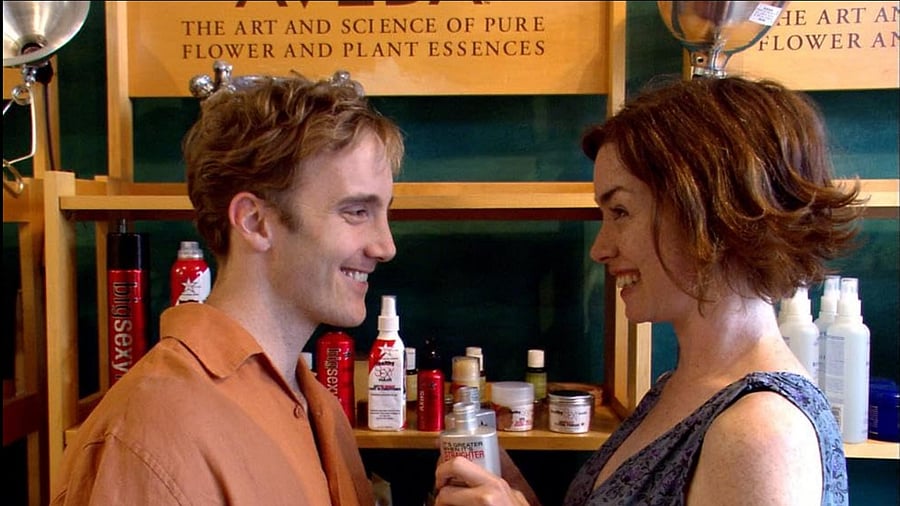
In ‘Seeing Other People’, Jay Mohr and Julianne Nicholson play a couple who decide to open their relationship two months before their wedding.
Credit: IMDB
A new survey by dating app Gleeden reveals that 41% of married couples in cities like Bengaluru, Hyderabad, and Mumbai are embracing open relationships.
Gleeden’s Infidelity Study 2025 surveyed 1,510 individuals aged 18-60 from 12 cities in India. Participants were grouped into Gen Z (18-29), millennials (30-44), and Gen X (45-60). “Of the 35% who admitted to already being in an open relationship, 25% were from Bengaluru,” says Sybil Shiddell, country manager, Gleeden India. Of these, 46% were from the Gen X population.
To the question “If your partner suggested opening your relationship, how would you react?”, 29% of Bengaluru participants responded positively and 19% said they were open to discussing it, she added. Furthermore, 53% of respondents from the city believe non-monogamous relationships will be more accepted in the future. With the survey pointing to a shift in relationship dynamics, Metrolife asked experts about issues such couples come to them with.
Mistrust, broken terms
According to psychotherapist Tasneem Nakhoda, there’s been a three-fold rise in couples discussing open relationships over the last five years. “Some couples prefer not to know details, while others insist on full transparency after every hookup,” she says. This year alone, she has seen five such couples.
Despite mutual consent, two key issues cause friction: mismatched terms, and lack of honesty. “One partner may change their mind or a boundary gets broken, like involving a mutual friend or developing emotional attachments,” Tasneem shares.
Emotional fallout is another challenge. “One partner may develop feelings for someone else, leading to jealousy and regret,” says relationship coach Ritu Hirani.
Muniswamy K S, consultant clinical psychologist at a private hospital, notes that insecurity and inferiority complex are common among individuals who opt for such relationships.
But most couples want emotional intimacy and parenthood confined to their primary relationship. “The boundaries are clear here — no children with other partners,” adds Tasneem.
Upfront discussions
Psychologist Nithya J Rao says the 25 to 55 age-group is upfront about discussing relationships. Muniswamy has seen this rise among highly educated individuals, mostly men aged 25-35. He has observed a 20% increase in men seeking open relationships since 2022. Among women, it’s often affluent homemakers who seek another partner while married.
However, Tasneem finds both genders initiating the idea, saying it’s “a joint decision made early on”. She adds that many couples also enter marriage with this arrangement already in place. “They have clear, detailed conversations before committing. They know monogamy doesn’t work for them, and choose a structure that’s honest and sustainable,” she explains.
Ritu notes that most of her clients in open relationships are businessmen and professionals aged 35-45, often driven by boredom or fears around ageing.
Unmet needs
According to Nithya, reasons for pursuing open relationships range from incompatibility in sexual or emotional needs to challenges of long-distance relationships where people crave connection. Even financial factors play a role. “Sometimes two people can’t afford a house and invite in others, which eventually leads to a relationship,” she says, adding, “Contrary to popular belief, open relationships are not limited to the upper-middle class.”
Muniswamy points to two main factors: a need for emotional support and active listening, and a desire to explore one’s sexuality.
Tasneem also points to past experiences of infidelity. “People are choosing honesty over secrecy,” she says.